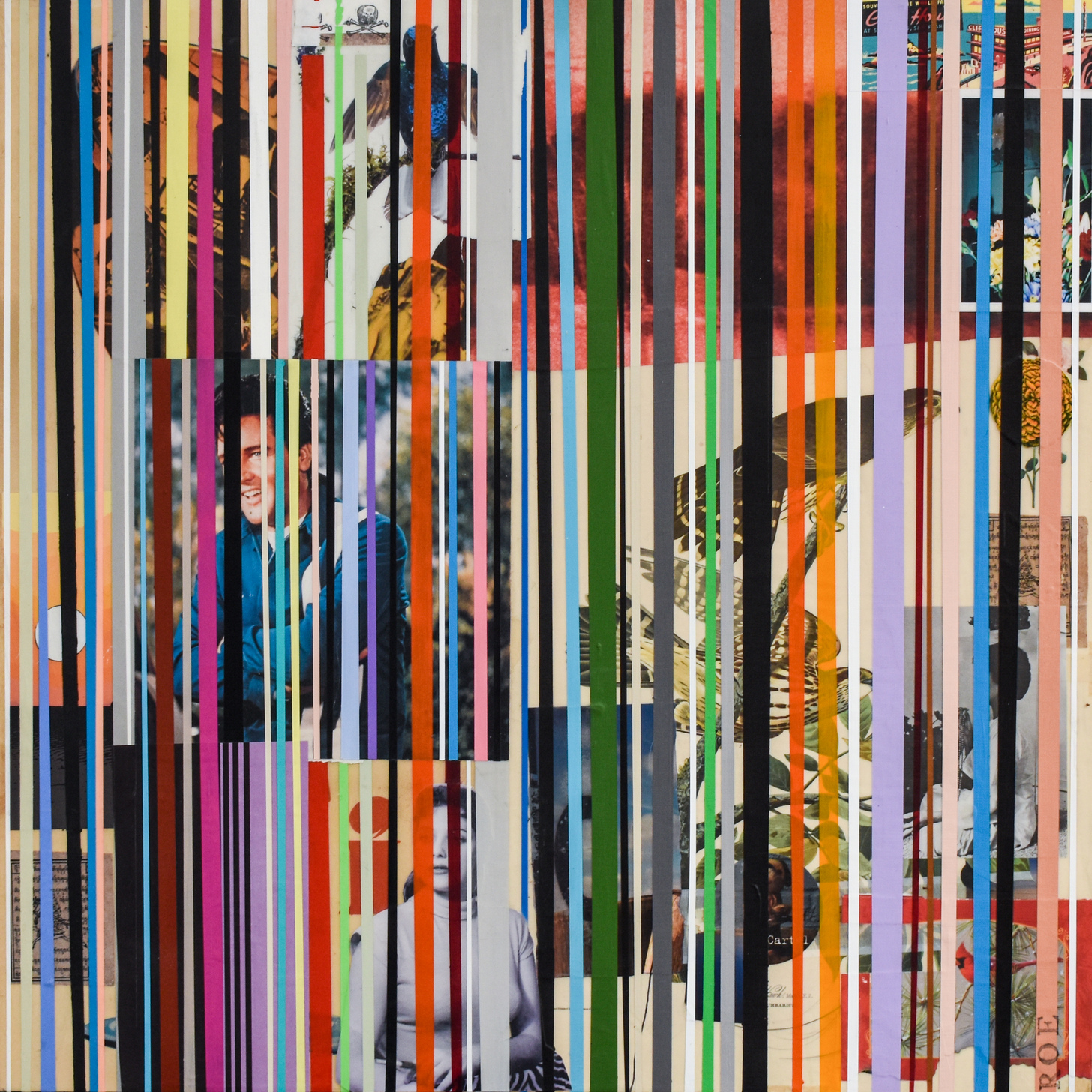Elvis and Birds
By Ben Roe Jr.South Broadway Cultural Center1025 Broadway Blvd. SEOn Exhibit Through Aug. 31Art Magnified: Elvis And Birds
Thoughts On Ben Roe Jr.’s Elvis And Birds


courtesy of the artist








